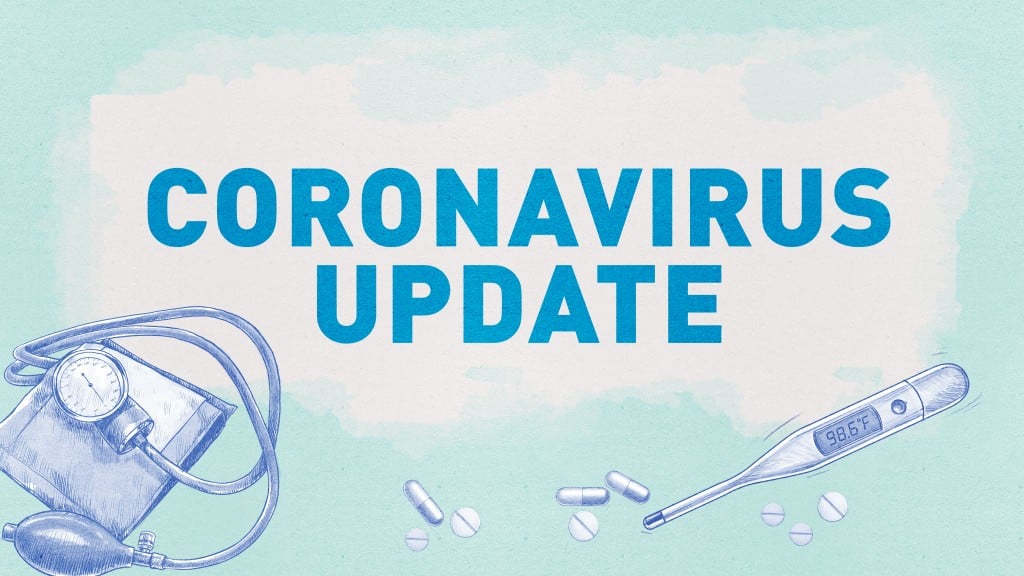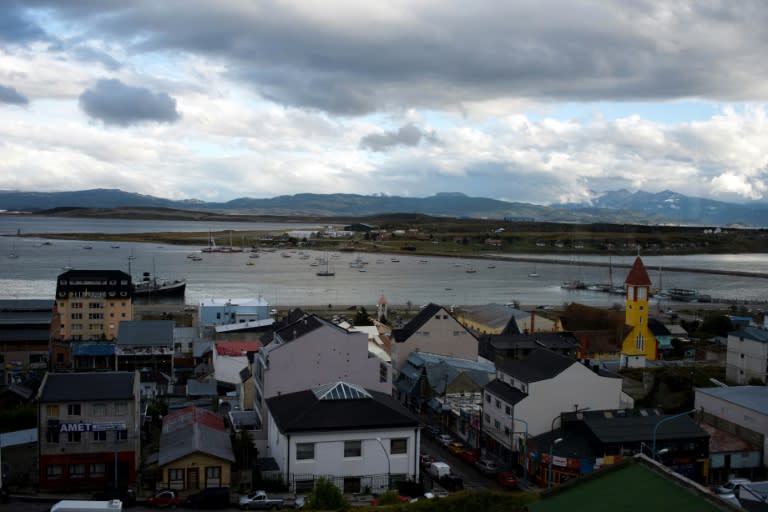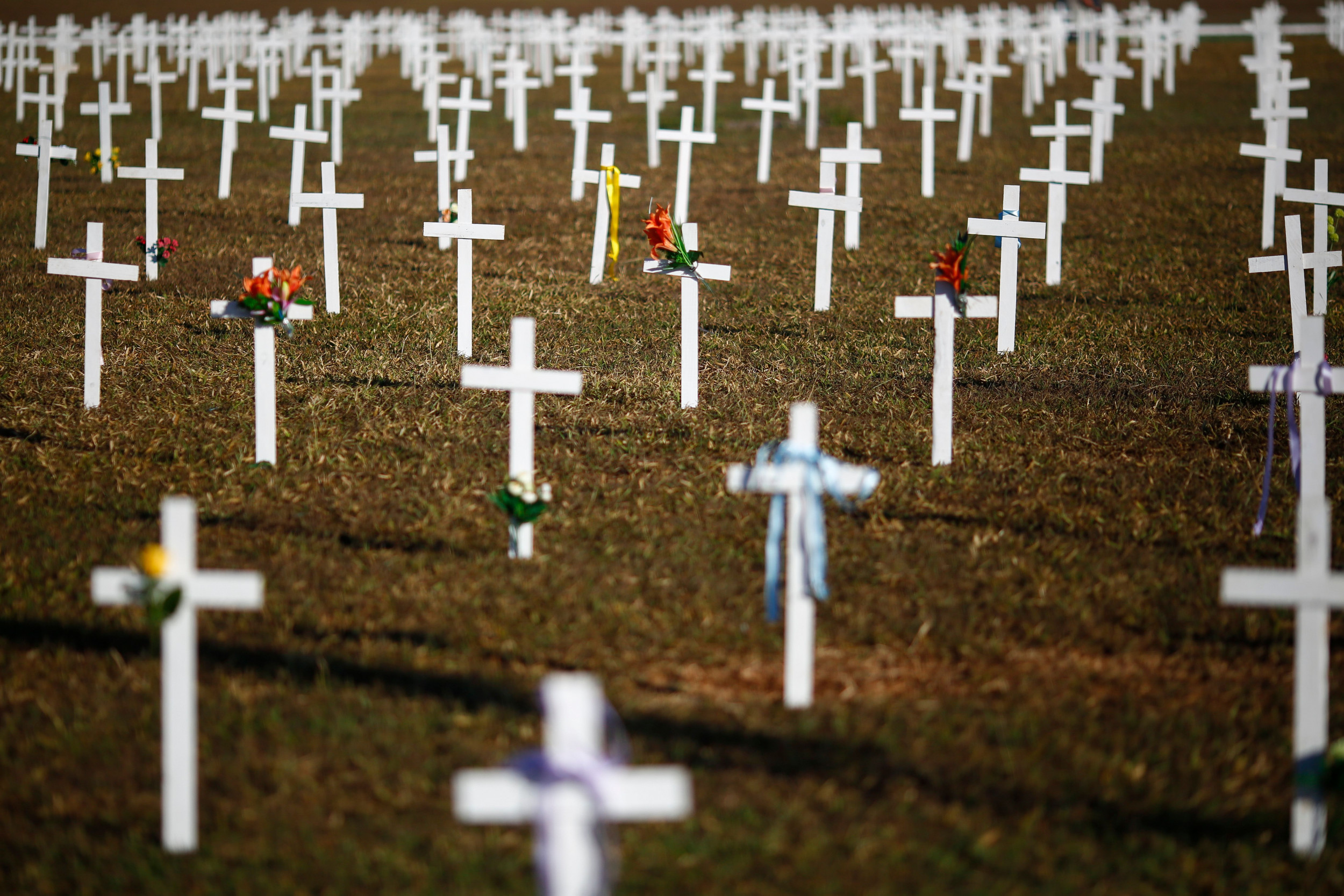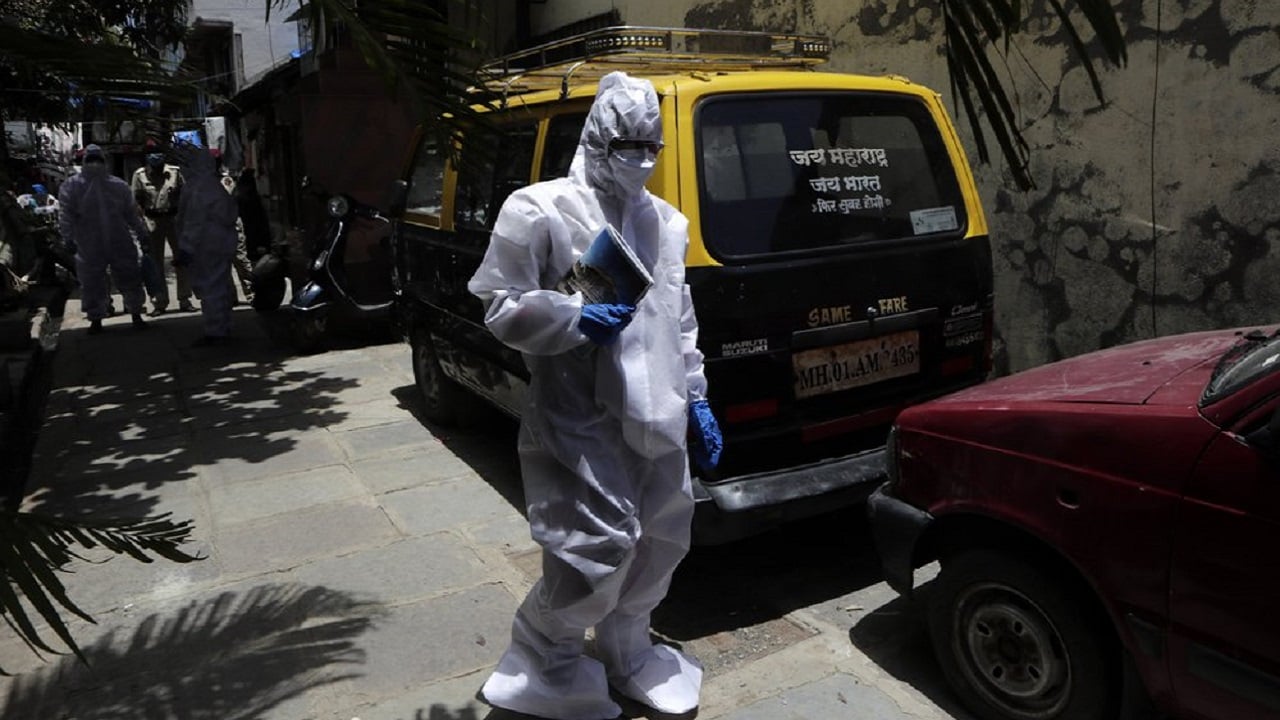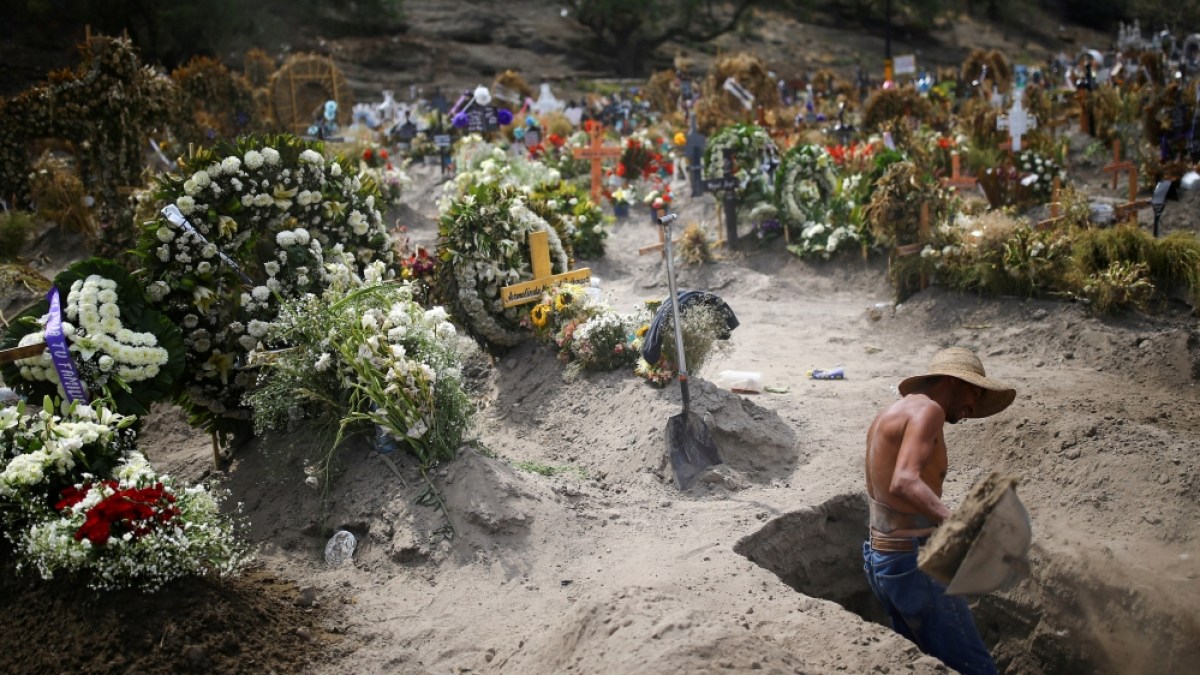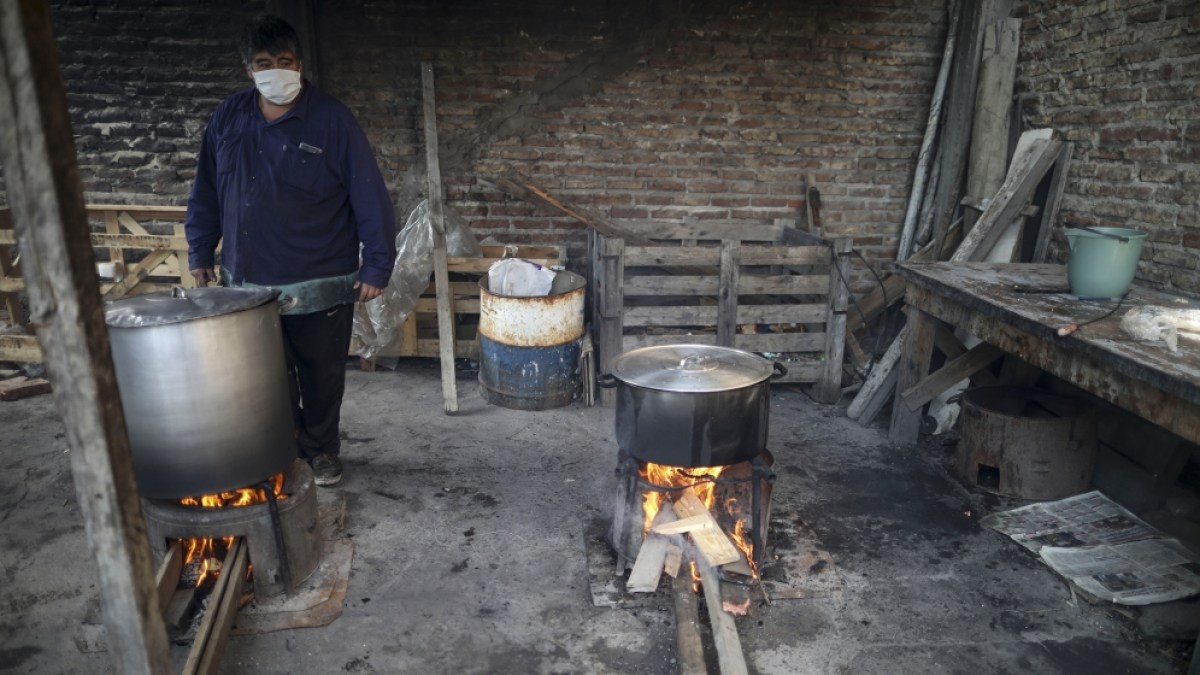Confirmed COVID-19 cases in Arizona reached 1,563,193 on Friday, Jan. 14, an increase of 20,257 from the previous day.

azbigmedia.com
(fair use applies)
COVID-19 cases in Arizona top 44,000 in July alone — one-third of total cases
Business News | 2 hours ago | AZ Business Magazine
Confirmed COVID-19 cases in Arizona reached 123,824 on Monday, July 13, and the number of deaths attributed to COVID-19 reached 2,245 after an increase of eight from the previous day.
Confirmed COVID-19 cases in Arizona increased 1,357 from the previous day, according to the Arizona Department of Health Services. In a bit of positive news, it marked the third consecutive day of diminishing increases for the state.
Of the total number of COVID-19 cases in Arizona since the start of the pandemic in January, 44,320 cases — or more than one-third of the total number of cases — have come in July alone. Here is a look at Arizona’s daily increases in cases during July:
July 1: 4,878 new cases
July 2: 3,333 new cases
July 3: 4,433 new cases
July 4: 2,695 new cases
July 5: 3,536 new cases
July 6: 3,352 new cases
July 7: 3,653 new cases
July 8: 3,520 new cases
July 9: 4,057 new cases
July 10: 4,221 new cases
July 11: 3,038 new cases
July 12: 2,237 news cases
July 13: 1,357 new cases
Arizona has climbed to No. 7 among states with the most confirmed COVID-19 cases. New York leads the nation with the highest number of COVID-19 cases.
Arizona led the U.S. in the growth of confirmed coronavirus cases Wednesday, and if states were viewed as their own countries, the Grand Canyon State would lead the world, according to an alarming analysis by The New York Times. Arizona state officials pushed back against that characterization, but Arizona doctors fear the situation could worsen.
For every 1 million Arizona residents, 3,300 cases of COVID-19 have been detected over the past seven days, the Times reported.
Relying on data from Johns Hopkins University, the analysis also revealed that Arizona has the country’s highest daily percentage of positive coronavirus cases, with more than 25% of tests showing a positive result.
The findings echo Arizona’s last-place ranking among 50 states in the Harvard Global Health Institute’s COVID-19 risk assessment tool on Wednesday.
Gov. Doug Ducey’s office refuted aspects of the Times analysis.
“There is no question that Arizona is experiencing a significant number of COVID cases,” spokesperson Patrick Ptak wrote in an email. But he said characterizations that Arizona is the “worst in the world lack context and are misleading and inaccurate.”
Ptak refuted the idea that Arizona is the worst in certain categories, arguing, for example, that Brazil has completed only one-sixth the number of tests per 100,000 people, and Peru has a nearly 40% positivity testing rate.
The second worst state for growth in new cases was Florida, with 2,700 cases per million residents, according to the Times analysis. South Carolina was third, with 2,300 cases. Bahrain is the first country to appear on the list, at No. 4, with 2,200 cases per million residents.
Arizona doctors and health care workers have raised the alarm about the need for more staffing, testing and personal protective gear across the state in recent weeks. Masks and social distancing are a must, according to Dr. Shad Marvasti and other experts.
“You need to really do both in order to mitigate, and ultimately, hopefully suppress the spread of COVID-19,” said Marvasti, the director of public health, prevention and health promotion at the University of Arizona College of Medicine Phoenix.
Marvasti told Cronkite News he doesn’t agree with how the state moved away from face masks and social distancing, which he said were more widely used during Arizona’s stay-at-home order, and he believes more must be done to help reverse course before the state becomes an epicenter of infection.
“This basically puts us to where New York and Italy were at one point, just to give perspective in terms of where we’re at,” Marvasti said. “If we continue, obviously, we’re going to get to very similar circumstances with respect to rationing health care, and issues related to hospital beds and medical supplies.”
To slow the spread of the illness, New York City did a phased reopening and now is in phase 3, which means outdoor dining, nail salons and other services have returned. Since hitting records high in March, Italy, too, has minimized spread, according to the Times.
Arizona can replicate that success, Marvasti said.
“If you look at New York and Italy today, after several months and concerted efforts that they’ve made, and following the public health guidelines, they are now doing really well in terms of their numbers. That’s where we really want to go.”
Marvasti said Arizona is paying the price for not taking the time necessary to avoid the spread of COVID-19. The state reopened after Ducey’s stay-home order expired May 15, but he ordered some business to shut down again on June 29, when he also banned large gatherings and allowed county and city officials to require face masks in public. Since then, officials have been scrambling to enforce mask mandates and adequate social distancing in public places and businesses.
“We never really ended the first wave,” Marvasti said. “We had a little bit of a decrease, which worked because of the first shutdown, but then we had a surge because we rushed back to normal too quickly.”
He wants Ducey and state health experts to reevaluate the state’s approach, which closed only certain businesses, such as gyms and bars.
“The science tells us that being inside enclosed settings with poor ventilation is really the worst place in terms of increasing risk for COVID-19,” Marvasti said. “I think we really need to look closely at all our options, and we shouldn’t shy away from another shutdown if that’s what it takes to control the spread and save lives.”
Comparing health crises
So how do COVID-19 numbers compare nationally with other illnesses and pandemics? STAT first compared COVID-19 death projections to past pandemics and leading causes of death in early April to help Americans get a better sense of the numbers. The previous comparison used projections from the Institute for Health Metrics and Evaluation, which now estimates the death toll will be 72,433 by Aug. 4. IHME previously predicted a death toll of 60,000, which the U.S. surpassed April 29.
For the updated comparison, STAT used a model created by Youyang Gu, an independent data scientist. The model projects 88,217 to 293,381 deaths by early August.
How this projection stacks up to past pandemics and flu seasons:
1. 1918 flu pandemic: 675,000 deaths
2. COVID-19 pandemic: 88,217 to 293,381 projected deaths
3. 2017-18 flu season: 61,000 deaths
4. 2018-19 flu season: 34,200 deaths
5. 2009 swine flu pandemic: 12,469 deaths
How this projection stacks up to the nation’s leading causes of death:
1. Heart disease: 269,583 deaths
2. Cancer: 252,500 deaths (based on 2019 data)
3. COVID-19 pandemic: 88,217 to 293,381 projected deaths
4. Stroke: 60,833 deaths
5. Alzheimer’s disease: 50,417 deaths
6. Drug overdoses: 29,265 deaths
7. Suicide: 19,583 deaths
.

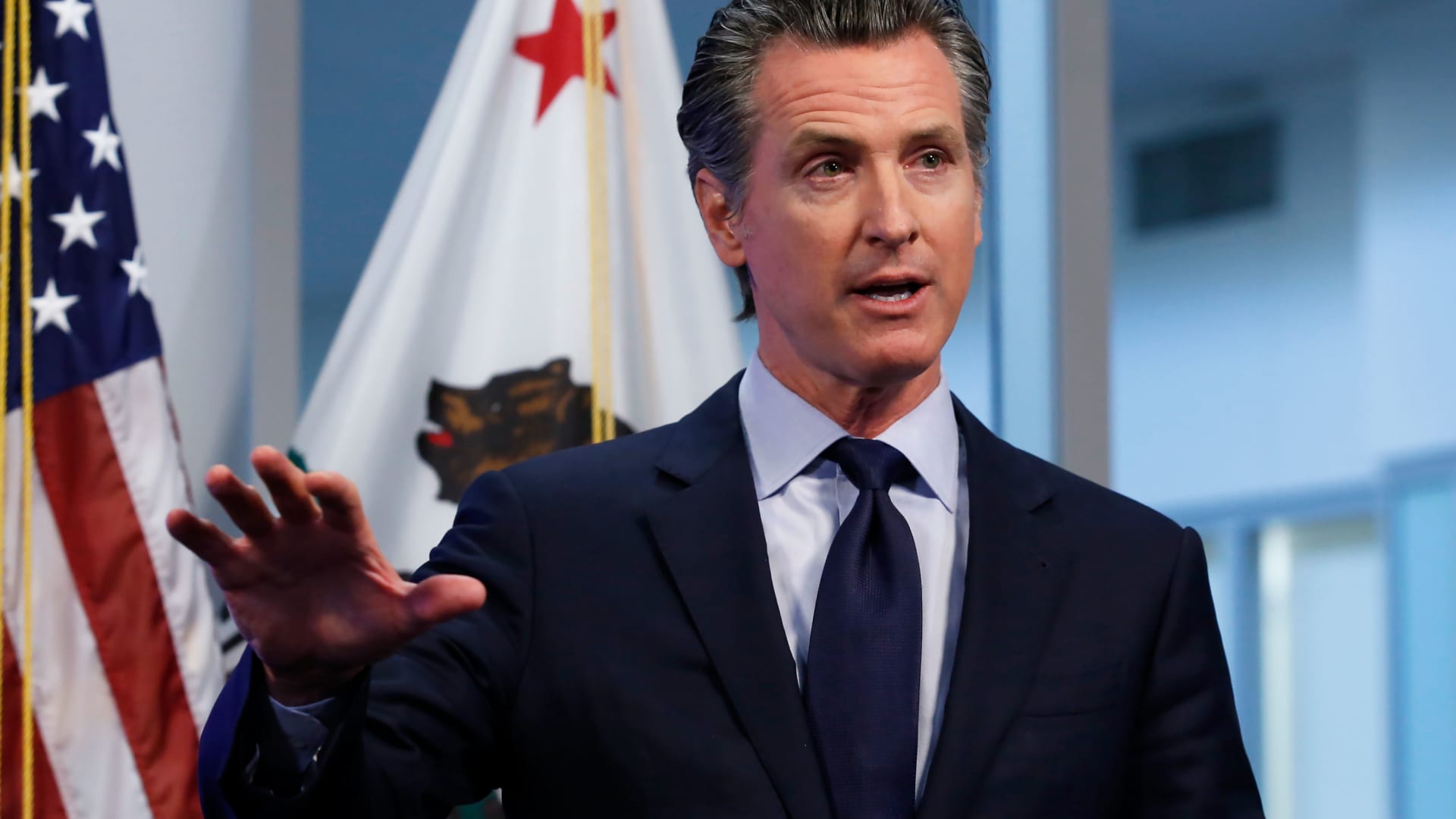
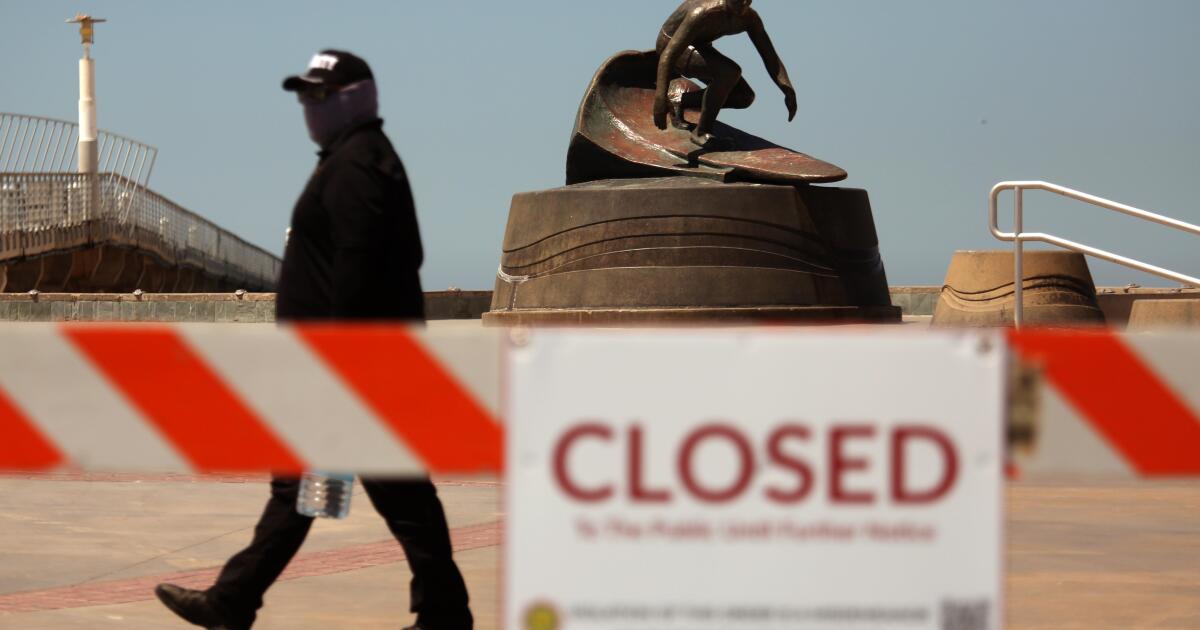





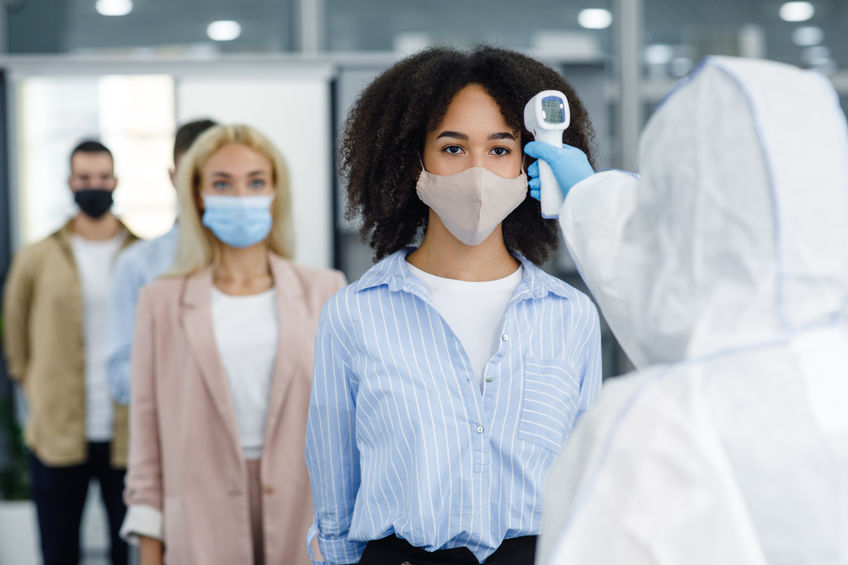
 azbigmedia.com
azbigmedia.com




 www.sun-sentinel.com
www.sun-sentinel.com


 www.ksl.com
www.ksl.com
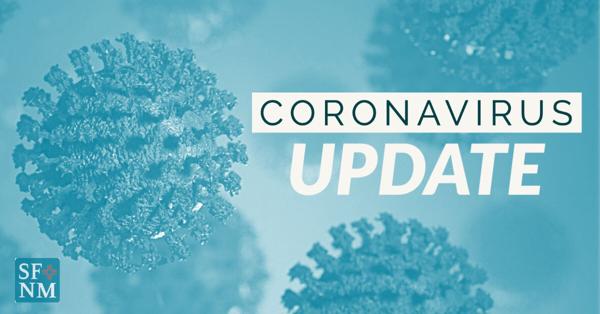

 www.nwahomepage.com
www.nwahomepage.com
:quality(70)/d1hfln2sfez66z.cloudfront.net/07-13-2020/t_4209030ce72b4884873e525cbb07366e_name_NEW_CORONAVIRUS_STRAIN_Consolidated_01.jpg)

 www.counton2.com
www.counton2.com


